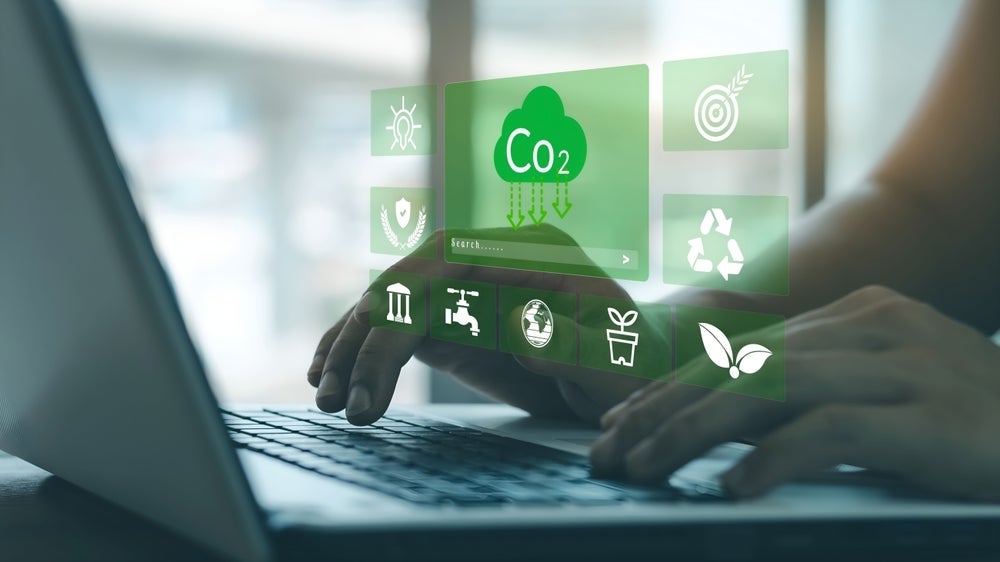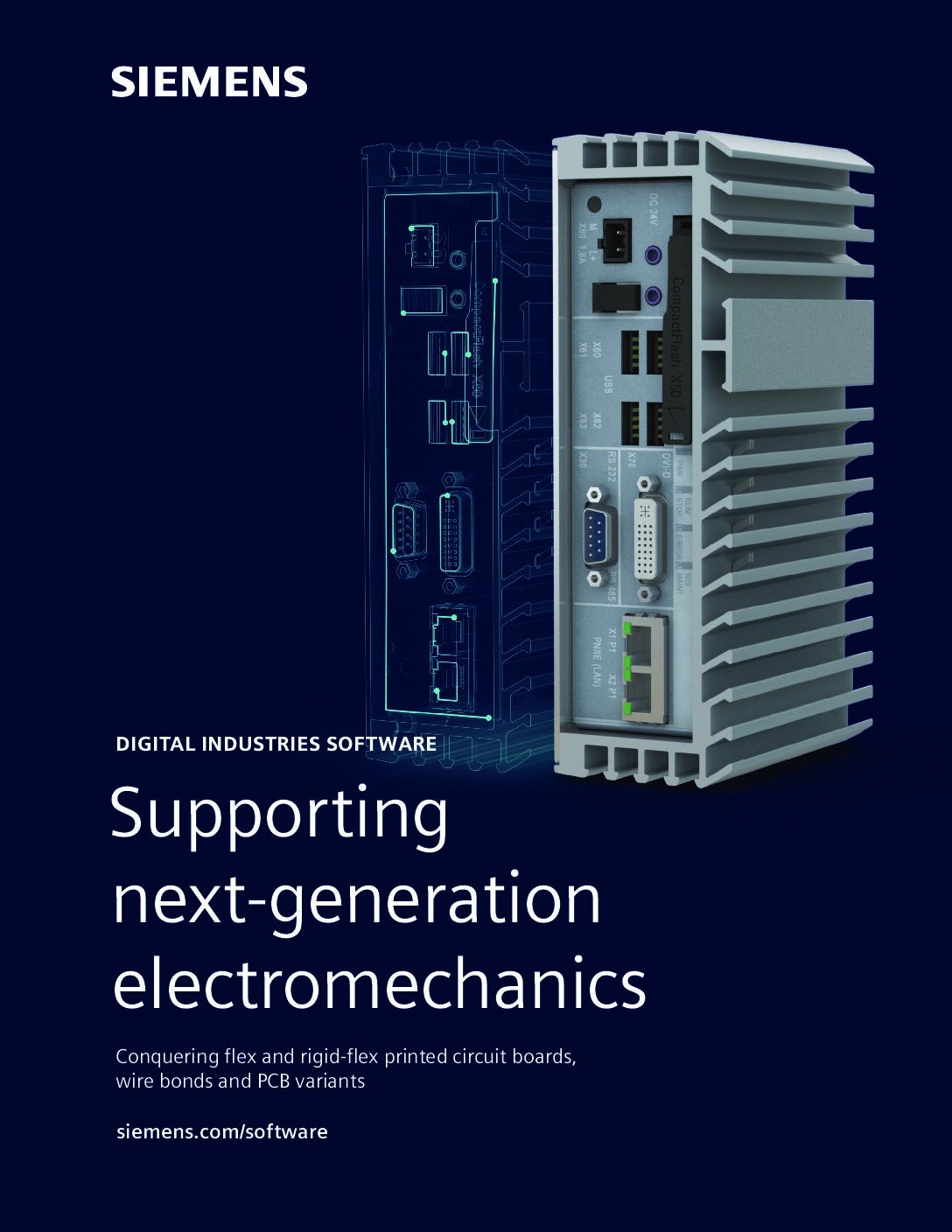
As the global challenge of climate change gains urgency, we are finally in a period of action. More than 140 countries have set net zero targets so far, including some of the world’s largest emitters of CO2[1] Large corporations are now mirroring these commitments. And while many have a long way to go, Apple, for example, is targeting 100% renewable energy usage across its supply chain by 2030.
Due to the relatively small size of consumer devices, the electronics industry is often not the first we think of when it comes to CO2. The environmental impact of electronics has flown under the radar for many years despite their accounting for a significant 4% of global greenhouse gas emissions.[2] As demand for digital continues to grow, there will be increasing scrutiny to decrease the carbon footprint of electronic products, which could be as high as nearly 25 kilograms of CO2 for every one kilogram of electronics produced.[3]
But tackling emissions is just part of the challenge ahead. With natural resource extraction tripling over the past 50 years, governments are now adopting policies to advance their circular economies as a means of continuing production more sustainably. Electronic waste (e-waste) has been identified as a major obstacle to this mission. E-waste poses a significant public health concern since its disposal in landfill leaches toxic substances such as lead and mercury into the environment.
According to Global E-waste Monitor, more than 60 billion kilograms of e-waste was generated in 2022, and only 22.3% of this was documented as collected, recorded and recycled. To make matters worse, non-renewable resources such as copper, aluminium, lithium, silver, gold, and an array of rare earth elements are lost every time a smartphone is thrown away – which happened 169 times every second in 2022.[4]
Several consumer electronic companies including Dell, Nokia, Apple and Motorola have introduced take-back or trade-in policies aimed at promoting more sustainable handling of e-waste. But as sales of consumer electronics and white goods increases, these actions will not be enough. With the circularity of a product defined by the way it is designed, it is becoming increasingly essential for electronics companies to focus on the full environmental impact of their products earlier on in development.
“Traditionally, sustainability would have been a factor in the lifecycle assessment way at the end of development, when it’s too late to change the manufacturing process, for example,” explains Shirish More, Product Manager, Product Engineering Software, Siemens. “What our research shows is that if we can make the designer conscious about the impact their design can have on the environment during the design phase itself, up to 80% of the product-led environmental impacts can be minimised. I call it a shift left, because you’re accounting for different input parameters way earlier in the product’s development.”
Ecodesign essentials
There are many aspects to ecodesign, which has the ambitious goal of reducing the negative environmental impacts of a product across its entire lifecycle. This lifecycle can be broken into four key stages, starting with raw materials. Do they contain hazardous substances? Where are they sourced? How much recycled or biodegradable content do they contain, and how much energy was required to produce them? This exercise is particularly challenging when it comes to the printed circuit board (PCB) part of electronics, which uses a vast array of materials and components. Finally, what volume of raw material is used, and are there possibilities for lightweighting the product via algorithmic modelling, for example, to keep this figure down?
It continues into manufacturing, where it is critical to consider geographical distances between the various locations used for production, assembly, packaging, distribution, and supply, as well as the electricity sources used to power these activities and the items’ mode of transportation. The manufacturing method itself can also have a significant impact on the carbon footprint of the component or product.
Then there is the use phase, where it is essential to minimise the electricity and resource consumption of the product. Regulations concerning the durability of the device/appliance must also be addressed, with the EU recently approving Ecodesign Regulations requiring smartphones to endure at least 45 accidental drops without impairment, while their batteries must maintain at least 80% of their initial capacity after 800 cycles of charge and discharge, for instance.
Meanwhile, modular design is of growing importance in this space. This supports the repairability of products as well as their eventual disassembly to enable quick and easy separation of materials at the point of recycling.
Technological innovation
According to a GlobalData report, technological innovation will be pivotal in driving the transition to a circular economy, with the company predicting the rise of advanced materials, artificial intelligence, smart cities, and digital twins to have the highest impact on ecodesign advancement. Digital twins are already widely used in mechanical design, allowing for the virtual prototyping and simulation of products. The report states: “By simulating various scenarios at the design stage, manufacturers can decide how to reduce waste, lower CO2 emissions, and use resources at the very early stage of product development. The digital models created can then be used to simulate, predict, and optimise the product.”
As this offering matures, some technology vendors have taken this a step further, integrating production and product-related sustainability metrics into a single digital twin to enable smarter decisions and robust environmental impact reporting earlier on in development. In a recent update of Siemens NX, an industry-leading computer-aided design (CAD) solution, the company unveiled its new Sustainability Impact Analysis tool, which brings rich environmental impact assessment to the very formative stages of design. With this new module, NX became the first CAD tool to equip mechanical designers with rapid sustainability metrics using the EN15804 standard. And in a soon-to-be-released refresh to this module, NX will leverage artificial intelligence that suggests sustainable material alternatives based on real-world data and design requirements.
“The idea is that you can establish the targets and ranges for a given product,” says More. “I’m working with a customer who has a target of using recycled plastic in 35% of their components. So, when the designer is working in NX, we communicate those requirements to them at an individual component level.”
As More explains, the requirements will be collected in Siemens’ Teamcenter software for product lifecycle management and then integrated in NX. To support an environmentally friendly design, NX will deploy out-of-the-box or custom checkers to warn engineers when their designs are falling short of targets. A sustainability score will be calculated based on a comprehensive set of environmental impacts, including global warming potential, non-renewable primary energy use, freshwater consumption, human toxicity cancer, and freshwater eutrophication. Once a score is calculated, designers will be able to perform ‘what if’ analysis to understand the impact of various material changes on their overall score, with NX making smart suggestions powered by machine learning. They will also be able to verify their design against relevant environmental sustainability guidelines, targets, and regulations.
Once a design meets the necessary criteria, its input parameters are processed into a bill of materials (BOM) in Teamcenter, where a full carbon footprint is predicted, says More. As the design enters the real world, its final sustainability data becomes available for comparison with predictions.
“Once we have a finalised BOM based on region of sale and region of manufacturing, you’ll be able to bounce that BOM against a lifecycle assessment database and calculate the sustainability scores depending on all the different commercial databases that we can interact with,” he adds. “The key point is that we are going to keep these systems open, so that the customer can have their own database that they might want to use for calculating sustainability.”
According to GlobalData, the environmental component of ESG will be increasingly driven by government policy and regulations in addition to consumer and shareholder pressure. All industries will face scrutiny to lower the carbon footprint of their products, with electronics no exception. As we enter this new era of ESG, the leaders will be those who equip their designers with the ecodesign tools and data they need to make improvements at the stage that matters most.
[1] https://www.un.org/en/climatechange/net-zero-coalition#:~:text=Yes%2C%20a%20growing%20coalition%20of,about%2088%25%20of%20global%20emissions.
[2] https://www.idtechex.com/en/research-article/the-future-of-sustainable-electronics-manufacturing/28357
[3] https://intelligence.eventackle.com/unmasking-the-silent-contributors-revealing-the-carbon-footprint-of-daily-essentials/
[4] https://www.compareandrecycle.co.uk/blog/this-is-why-mobile-phone-recycling-matters



